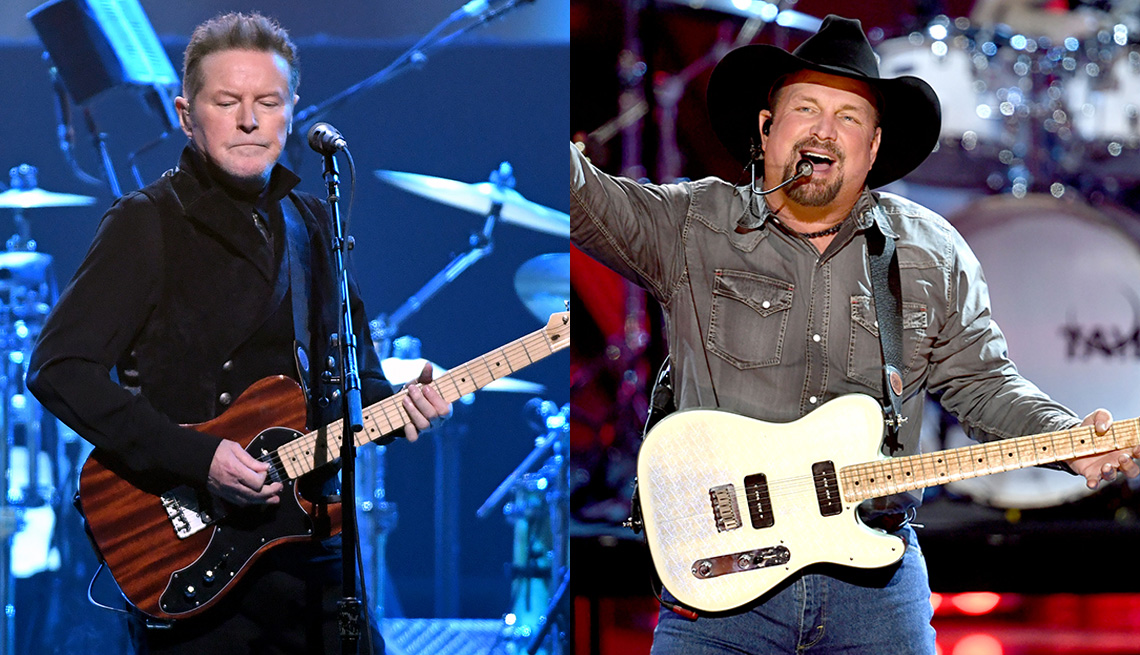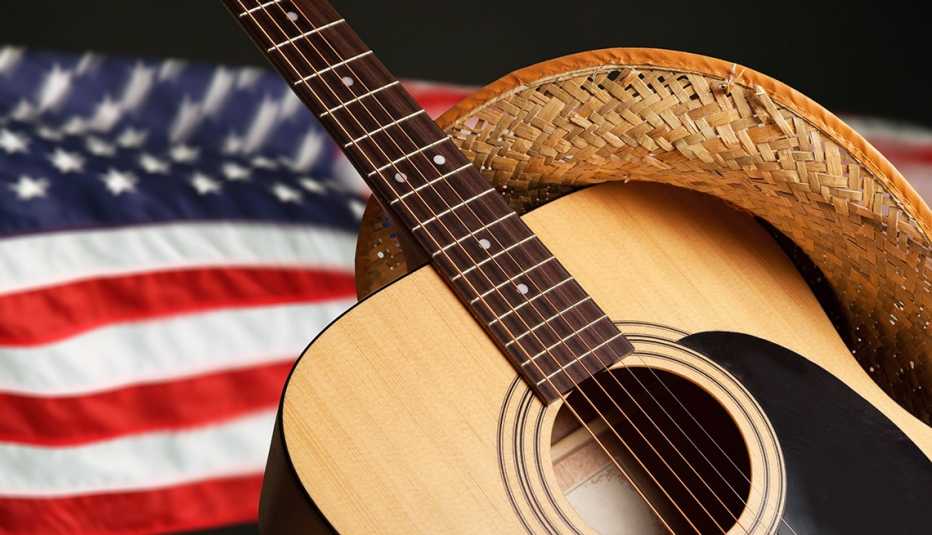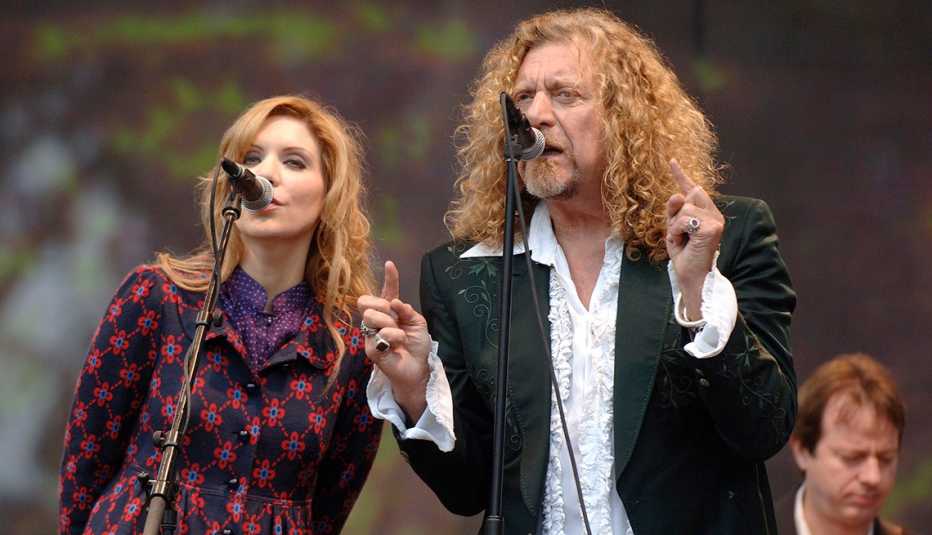Staying Fit
This story is part of a series on country music as AARP celebrates America.
In the famous Bob's Country Bunker scene from the 1980 movie The Blues Brothers, John Belushi and Dan Aykroyd walk into a rowdy bar and ask, “What kind of music do you usually have here?” The response: “Oh, we got both kinds — country and western.”


AARP Membership— $12 for your first year when you sign up for Automatic Renewal
Get instant access to members-only products and hundreds of discounts, a free second membership, and a subscription to AARP the Magazine.
The joke is based on a specific notion — that fans of country music don’t care about (or even acknowledge) other styles of music. If this stereotype was ever true, it isn’t now. Country music has won over lots of fans who previously didn’t care for the genre, and it’s done so partly by embracing sounds and influences from outside the music’s traditional sound. The sort of sounds that caused patrons to throw beer bottles at Jake and Elwood are more welcomed today.
“Experimentation in country music isn’t just a trend anymore, it’s almost a norm,” says Beville Dunkerley, head of country industry and artist relations at SiriusXM and Pandora. “It’s inviting more people to enjoy the genre. It’s not just about pickup trucks, tailgate parties, dogs and divorces.”
Or as Aerosmith singer Steven Tyler (who turned to country in his solo career) has said: “Country is the new rock ’n’ roll.”
Growth in popularity
To Americans who ignore country, the music’s popularity may be surprising. Forty-eight percent of Americans 55 and older listen to country music at least once per month, according to data compiled by the Country Music Association. Although it’s perceived as a regional music, 49 percent of people who live in the Northeast listen to country; that isn't far behind the South’s figure of 55 percent.






































































